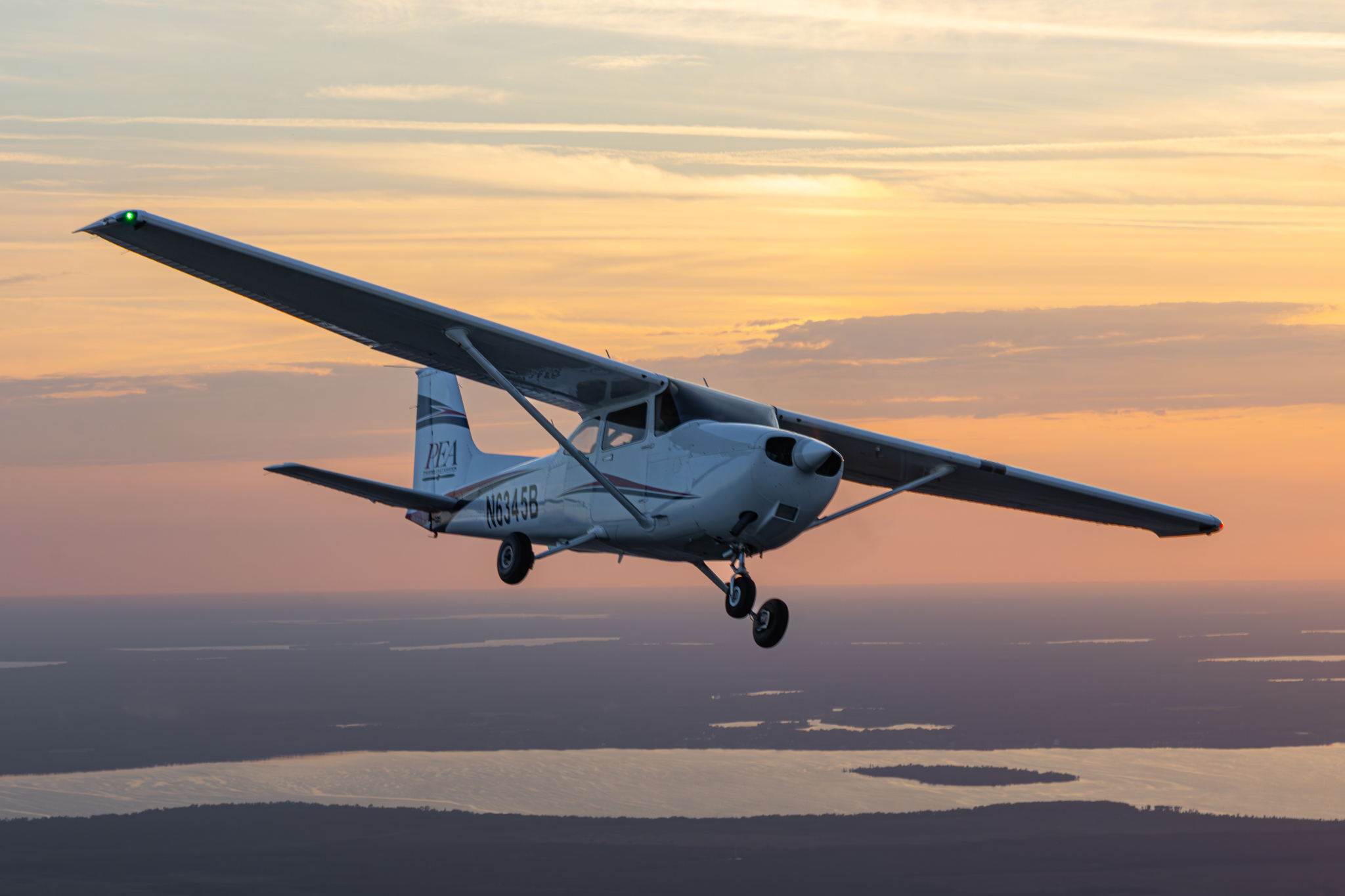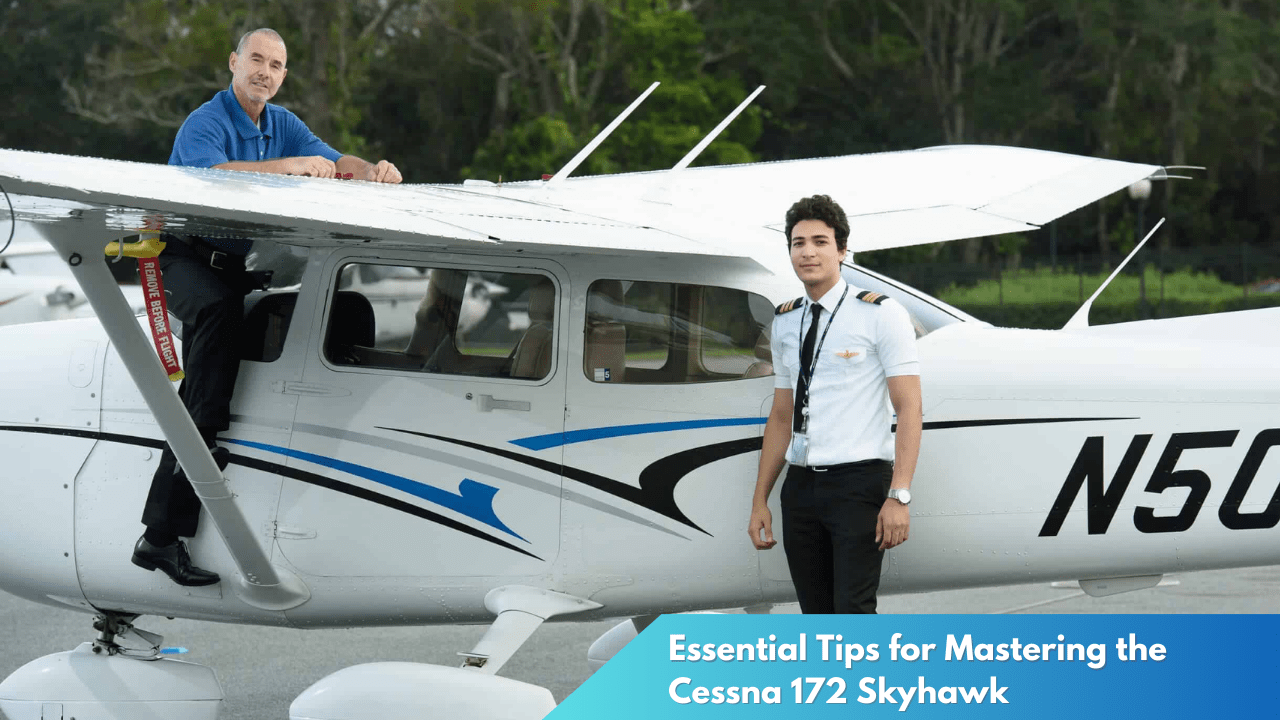Essential Tips for Mastering the Cessna 172 Skyhawk
The Cessna 172 Skyhawk has long been celebrated as a reliable and versatile aircraft, making it a popular choice among flight training schools and recreational pilots alike. Known for its forgiving flying characteristics and robust design, the Skyhawk offers an ideal platform for both novice and experienced aviators seeking to hone their skills. This article delves into essential tips and strategies that can help pilots master the Cessna 172, ensuring a safe and proficient flying experience.
Key Strategies for Flying the Cessna 172 Skyhawk

One of the fundamental strategies for mastering the Cessna 172 is to develop a comprehensive understanding of its flight controls and systems. Familiarity with the aircraft’s control layout, including the ailerons, rudder, and elevators, is crucial for smooth operation. Pilots should invest time in studying the Pilot’s Operating Handbook (POH) to grasp vital specifications, such as the plane’s weight and balance, fuel capacity, and performance limitations. Additionally, consistent practice in pre-flight checks will instill confidence and ensure the aircraft is in optimal condition before takeoff.
Another critical aspect of flying the Cessna 172 is mastering the art of coordinated turns. Given the aircraft’s high-wing design, it is essential to use proper rudder application during turns to maintain coordinated flight. Pilots should practice maintaining the correct angle of bank and using the inclinometer to avoid skidding or slipping. Developing these skills not only enhances maneuvering but also contributes to a smoother and safer flying experience, especially during crosswind conditions.
Transitioning between different phases of flight—takeoff, climb, cruise, descent, and landing—requires a pilot to be adept in managing airspeed and altitude. In the Cessna 172, maintaining a stable approach speed is crucial for landing safely. Pilots should aim to master the V-speeds, particularly Vx (best angle of climb) and Vy (best rate of climb), to optimize performance during takeoff and climb. Practicing these maneuvers under varying weather conditions can significantly enhance a pilot’s adaptability and proficiency in handling the aircraft.
Expert Advice on Cessna 172 Pilot Proficiency

Consistency and repetition play a pivotal role in achieving proficiency in flying the Cessna 172. Regular flying sessions, ideally with an experienced instructor, can provide invaluable feedback and corrections that help pilots refine their technique. Engaging in scenario-based training exercises, such as emergency procedures and navigation challenges, can also sharpen a pilot’s decision-making and problem-solving skills under pressure. This type of immersive training builds confidence and ensures readiness for real-world situations.
Pilots aiming for excellence in flying the Cessna 172 should prioritize understanding and managing human factors, such as situational awareness and resource management. Developing a habitual scan of the instruments and maintaining a constant awareness of outside conditions are critical for safe flight operations. Implementing a systematic approach to crew resource management, even when flying solo, can improve cognitive task management and minimize errors.
Lastly, ongoing education and staying updated with the latest aviation technology and regulations are crucial for a pilot’s long-term proficiency. Participating in workshops, reading aviation publications, and engaging with the aviation community can offer fresh insights and learning opportunities. For instance, familiarizing oneself with advancements in avionics or changes in airspace regulations can enhance a pilot’s operational competency and situational awareness, ultimately contributing to safer and more efficient flying.
Mastering the Cessna 172 Skyhawk requires a commitment to continuous learning and practice. By focusing on mastering the fundamentals, implementing expert advice, and maintaining a proactive approach to education, pilots can enhance their skills and ensure a safe and enjoyable flying experience. Whether you’re a budding aviator or an experienced pilot, the strategies outlined above can serve as a solid foundation for achieving proficiency and confidence in operating this iconic aircraft.



